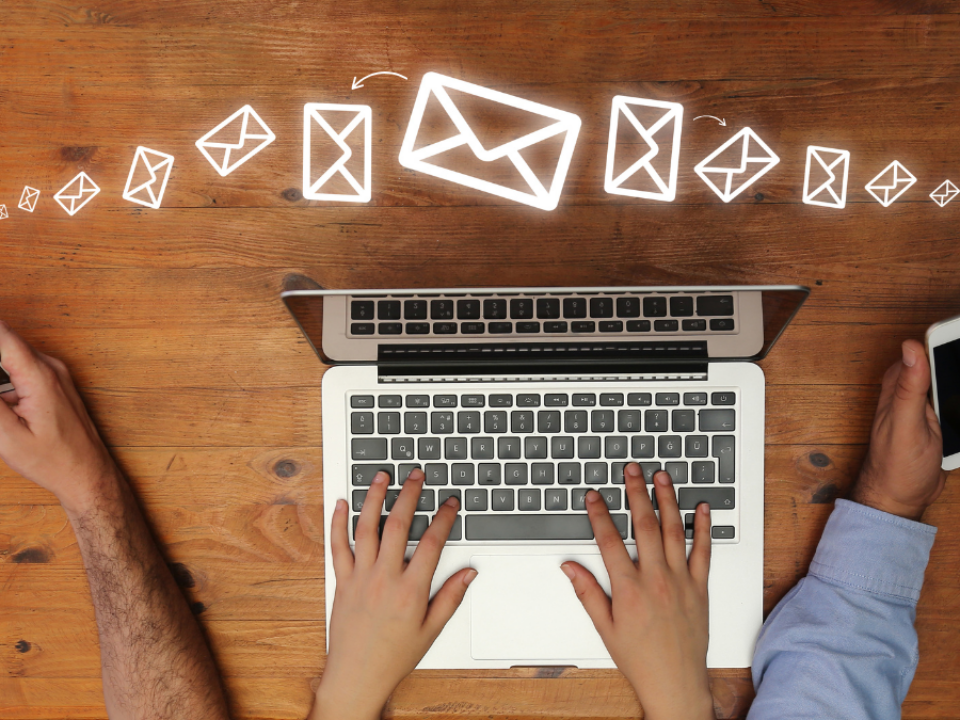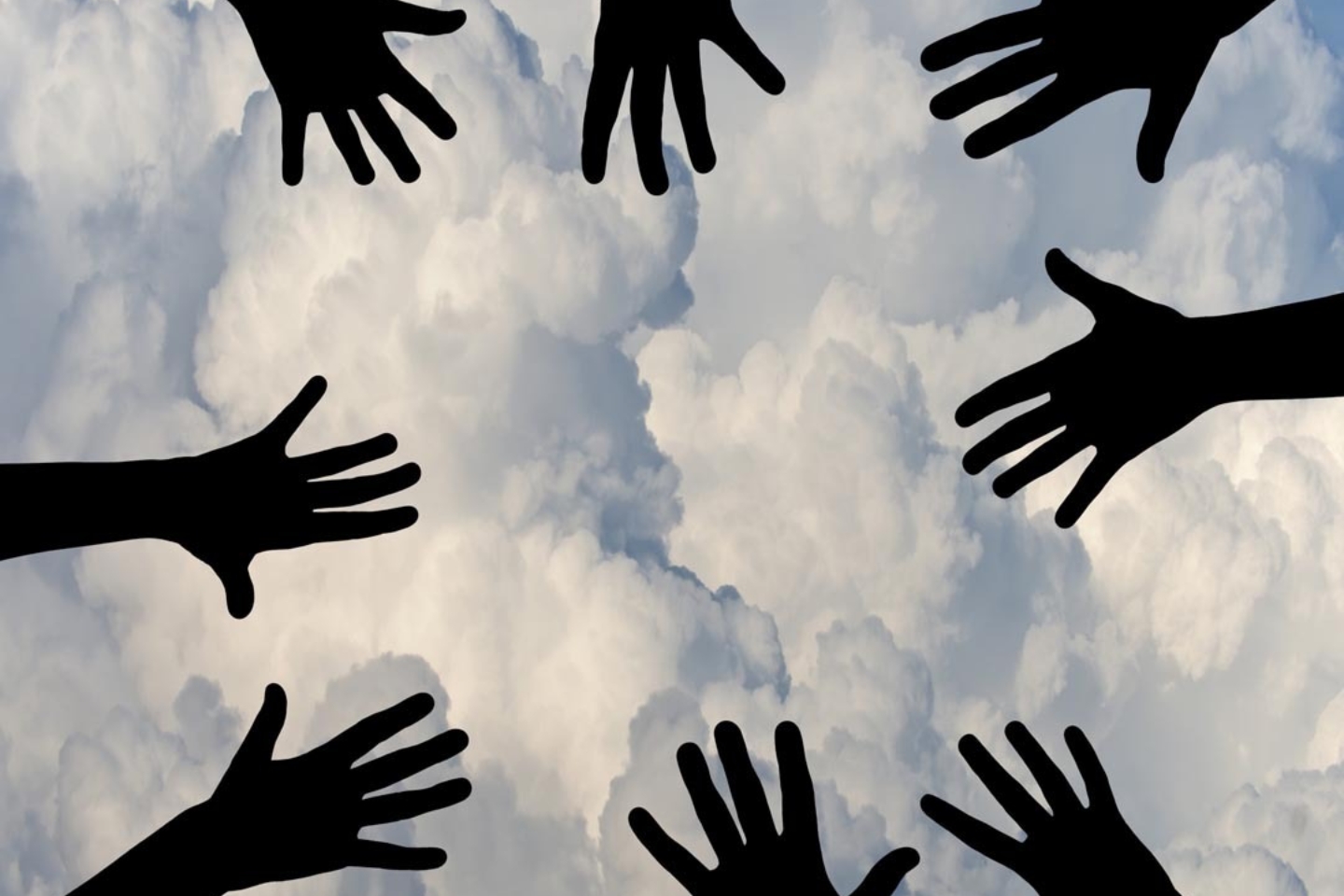This is usually because the recipient is tired of the content; they've decided the newsletter is not for them; the content no longer seems relevant; or they see very similar content too often.
Yes, some people will unsubscribe or report spam, but generally that involves a lot more effort - in a crowded inbox, it's often easier to hit delete or simply ignore. Customer lifecycle email campaigns aim to control the churn, and to stop people losing interest.
What is the difference between triggered and lifecycle emails?
A triggered email is simply an email that is sent in response to a customer's action. It could be a thank you for signing up to our newsletter email, or thank you for your order, enquiry, phone call etc. Lifecycle email describes the automatically sent, customer-focused emails that aim to keep your recipient engaged with your product or service via great content - tailored to their interests. It's about sending them the right email, at the right time, to keep them interested.How will I know when I need to use a lifecycle email?
When you start to see the inevitable downward trend in response, you'll need to 'up your game'. Utilising lifecycle emails at the right time will pick up the response, and re-awaken the recipient's interest in your company. The Lifecycle Report within the Jarrang system shows how long your database stays engaged after subscribing and the benefit of being able to use it is to improve the length of engagement after sign up. To do this we can create tailored strategies including welcome programmes and testing different campaigns for their effectiveness, eventually coming out with the best performing series of emails. Introducing measures such as increased segmentation and tailored content, reduced frequency and multi-stage programmes all aid engagement over the period of a recipient's lifecycle.When should you begin to send lifecycle emails?
It's easy to get carried away and start sending out lifecycle emails as soon as they've signed up. Lifecycle doesn't have to be immediately following a sign up, it could be about tailoring content later on, perhaps for a specific event.The lifecycle would be the lead up to that event and the adequate communication of interesting and relevant information, then the follow up thereafter.Ideas for content:
To illustrate the opportunity for lifecycle emails, let's use the example of a travel company:- I gleefully browse your website, and sign up to your newsletter - but don't buy.
- You email me with information about your holidays (offers and a consistent theme of reasons why I should buy from you).
- Time passes, and eventually I buy a holiday.
- Pre-visit -things to do at my location
- Second pre-visit - the essential packing list, weather update, travel information, restaurant recommendations, excursions, upsell!
- Final pre-visit - contact details and last minute reservation information, just in case you forgot to print, you've now got it on your phone
- Follow up - how was your stay?
- Follow up two - rebook!
Subscribe to our insights newsletter
Be the first to know what's trending in email and CRM.
Share this story
Related insights

Deliverability
Article 5 min read


